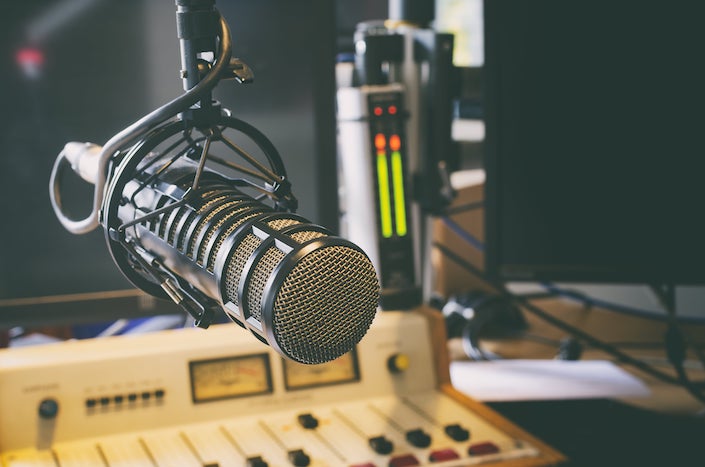- The human connection that comes from hearing a voice over the airwaves, the trust that listeners place in their favorite radio personalities, and the shared experience of tuning in to live broadcasts are things that no digital platform can replicate entirely.
Every year on February 13th, the world celebrates World Radio Day. It is a day that honors one of the oldest and most enduring forms of mass communication. Radio, a medium that once seemed destined to fade away with the rise of television, internet streaming, and digital technologies, continues to be a vital and relevant tool for communication.
It remains a powerful force in the global media landscape, connecting people from all walks of life, regardless of location, socio-economic status, or technological access.
Radio’s resilience can be attributed to its simplicity, affordability, and accessibility. Unlike the internet, which requires a device and often an internet connection, all you need to tune into a radio station is a simple radio receiver.
In many parts of the world, where smartphones and broadband internet may be out of reach for many, radio is the primary source of news, entertainment, and information.
Moreover, radio reaches places where other forms of media struggle to penetrate. In rural and remote areas, radio waves can travel vast distances, ensuring that even the most isolated communities stay connected to the world around them.
In times of crisis, whether it be natural disasters, political unrest, or public health emergencies, radio remains a critical tool for disseminating important information quickly and efficiently.
The role of radio has evolved over time. While it was once mostly about music, news, and talk shows, radio today is far more interactive, with listeners contributing to programming through social media, text messages, and phone-ins. This has made radio more than just a passive medium; it has become a two-way conversation between hosts and listeners.
Radio has proven its importance in promoting social change. In many parts of the world, radio stations serve as platforms for advocacy, raising awareness on critical issues like human rights, health, education, and environmental protection. It’s a medium that provides a voice to marginalized groups, amplifying their stories and concerns to a wider audience.
With the digital revolution, radio faced some challenges, but rather than becoming obsolete, it adapted and thrived in the modern age. Digital radio, satellite radio, and internet streaming services have all contributed to expanding the reach and capabilities of radio.
Podcasts, for instance, have gained enormous popularity, offering people the flexibility to listen to radio-style content on-demand, from anywhere in the world. Despite these changes, the essence of radio remains unchanged.
The human connection that comes from hearing a voice over the airwaves, the trust that listeners place in their favorite radio personalities, and the shared experience of tuning in to live broadcasts are things that no digital platform can replicate entirely.
World Radio Day was established by UNESCO in 2011 to highlight the role of radio in society and promote the free flow of information. It serves as a reminder of the powerful impact that radio has had in shaping culture, influencing public opinion, and fostering global understanding.
On World Radio Day, people around the world reflect on the achievements of radio and its ongoing importance. It is a celebration of a medium that has endured the test of time and continues to serve humanity.
Radio’s ability to adapt and innovate while staying true to its core values has solidified its place in the media ecosystem. From a simple tool for communication to a global powerhouse that transcends geographical and technological boundaries, radio is a medium that continues to thrive in the digital age.
As we celebrate World Radio Day, we honor not just the history of radio but its enduring ability to connect, inform, and inspire people around the world. Radio, it seems, will never fade away.












